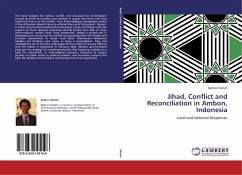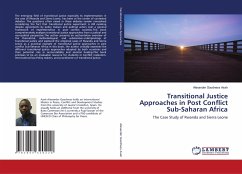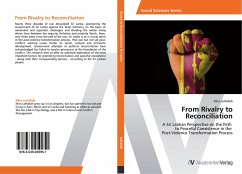This book analyses the Ambon conflict, and discussed the reconciliation process by which the conflict was resolved. It argues that there were two significant factors in the conflict. First, ethno-religious segregation existed in the Ambonese islands from pre-colonial times until the present. Second, a culture of premanism existed whereby gangs, thugs, and laskars with the support of State elements (including security forces) were able to incite ethno-religious conflict. Both 'state premanism', played a pivotal role in instigating and continuing the conflict by provoking both the Muslim and Christian communities to attack each other. Mainstream Ambonese Muslims and Christian were eager to forge a reconciliation. They had attempted to do so from the early stages of the conflict in January 1999 up until the Malino II agreement in February 2002. Muslims and Christians proposed the strategy of re-implementing the Pela Gandong tradition as a basis for inter-ethnic or inter-religious harmony. Measures to ensure equality of public access to political positions and economic resources for both the Muslims and Christians communities had to be negotiated.
Bitte wählen Sie Ihr Anliegen aus.
Rechnungen
Retourenschein anfordern
Bestellstatus
Storno








